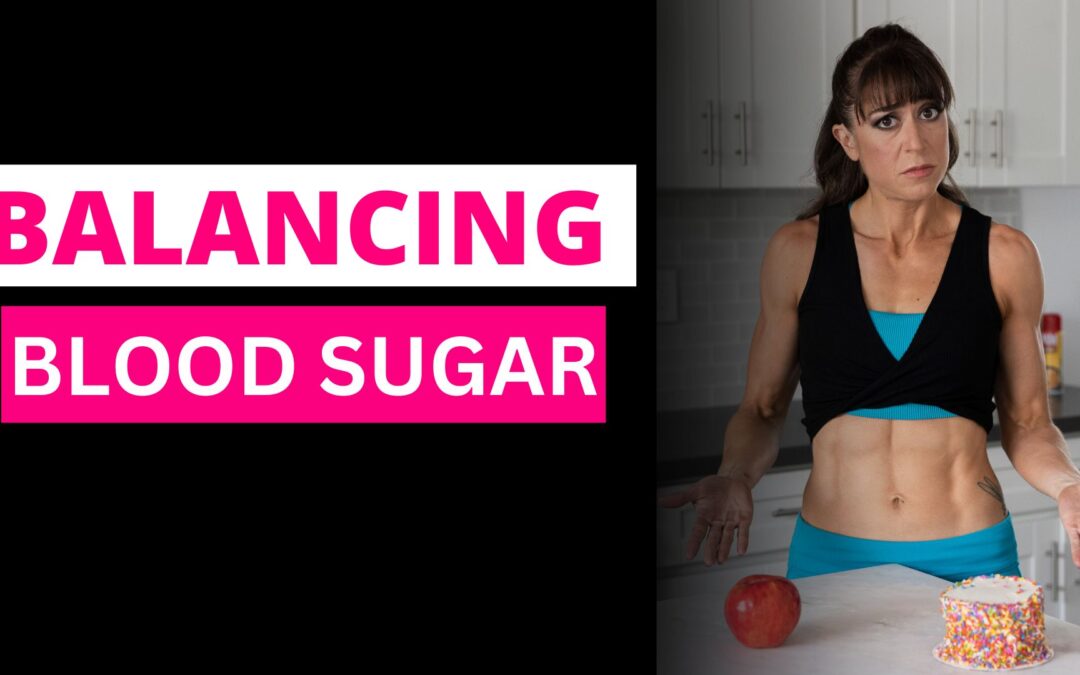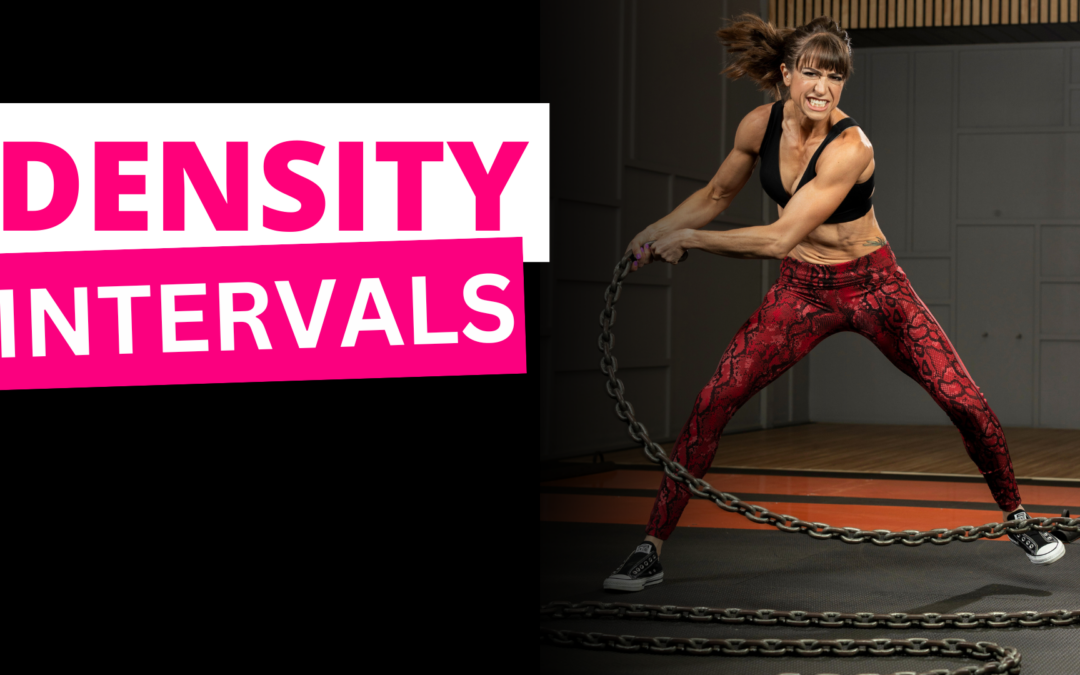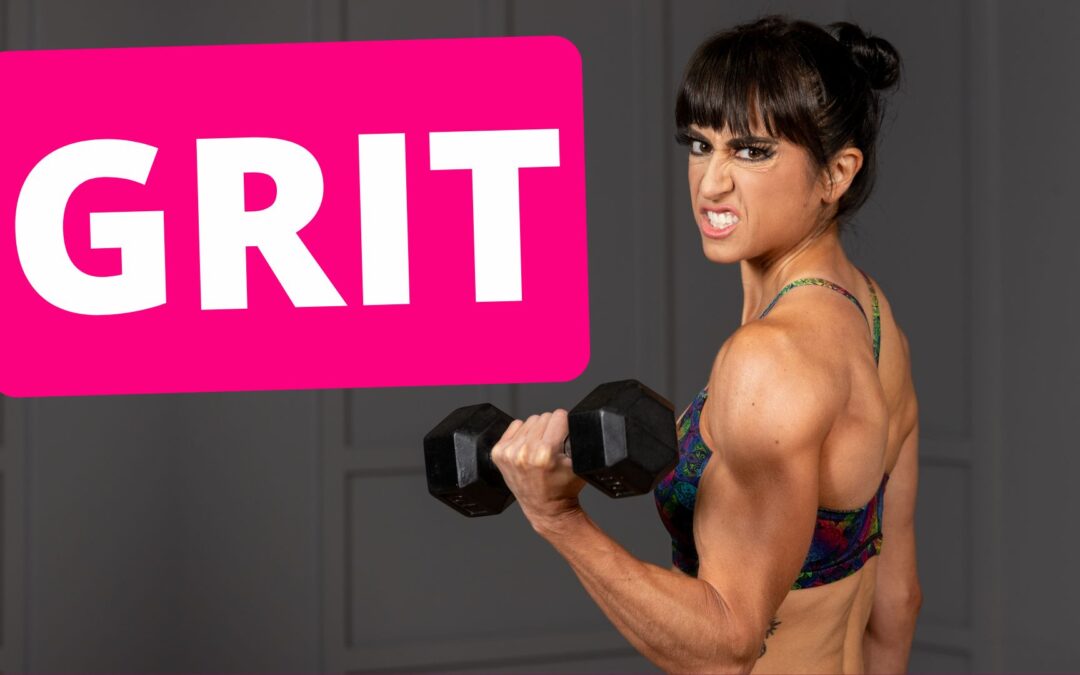
by Cori Lefkowith | Aug 29, 2024 | podcast
LISTEN HERE 7 WATCH HERE 7 TRANSCRIPT 7 OPEN TRANSCRIPT Cori (00:00):Hey guys, this is Cori from Redefining Strength. Welcome to the Fitness Hacks Podcast. This is the show where I share all my free workout and nutrition tips. I’m not going to ever fill this...

by Cori Lefkowith | Aug 27, 2024 | podcast
LISTEN HERE 7 WATCH HERE 7 TRANSCRIPT 7 OPEN TRANSCRIPT Cori (00:00):Hey guys, this is Cori from Redefining Strength. Welcome to the Fitness Hacks podcast. This is a show where I share all my free work, workout, and nutrition tips. I’m not going to ever fill...

by Cori Lefkowith | Aug 25, 2024 | Blog, Exercises, Workouts
Too often we only use one very specific rep and set range in our workouts because we’ve heard it’s ideal for strength or muscle hypertrophy or strength endurance… And we stay within this SINGLE rep range because it is supposedly best for our goal. But this narrow view...

by Cori Lefkowith | Aug 20, 2024 | podcast
LISTEN HERE 7 WATCH HERE 7 TRANSCRIPT 7 OPEN TRANSCRIPT Cori (00:00):Hey guys, this is Cori from Redefining Strength. Welcome to the Fitness Hacks Podcast. This is the show where I share all my free workout and nutrition tips. I’m not going to ever fill this...

by Cori Lefkowith | Aug 18, 2024 | Blog, Exercises, Functional Fitness, Pain Relief
If you’re frustrated not seeing your mobility and flexibility improve, it’s time to not just focus on your prehab and warm up but also how you’re truly using the moves in your workouts. Because so often we do all of this work to try to have our joints be able to move...






